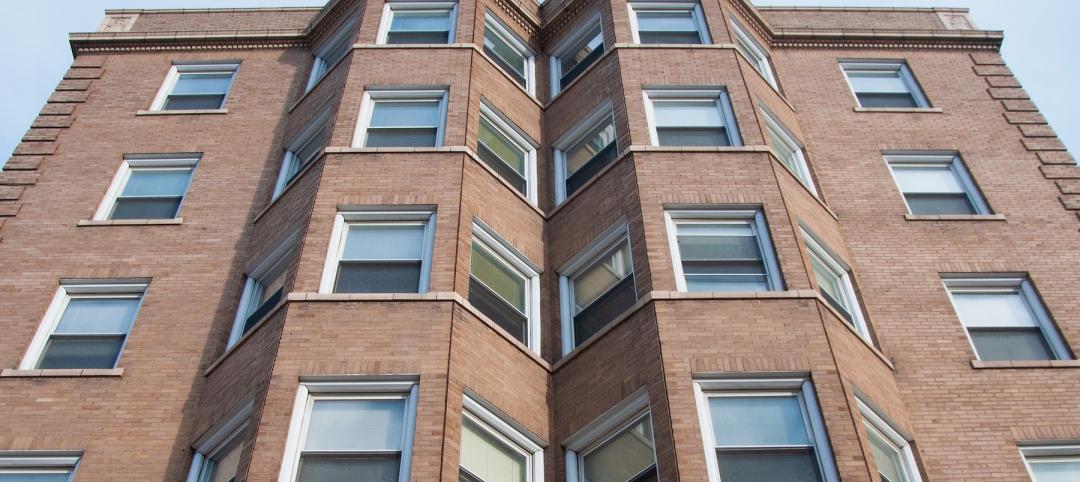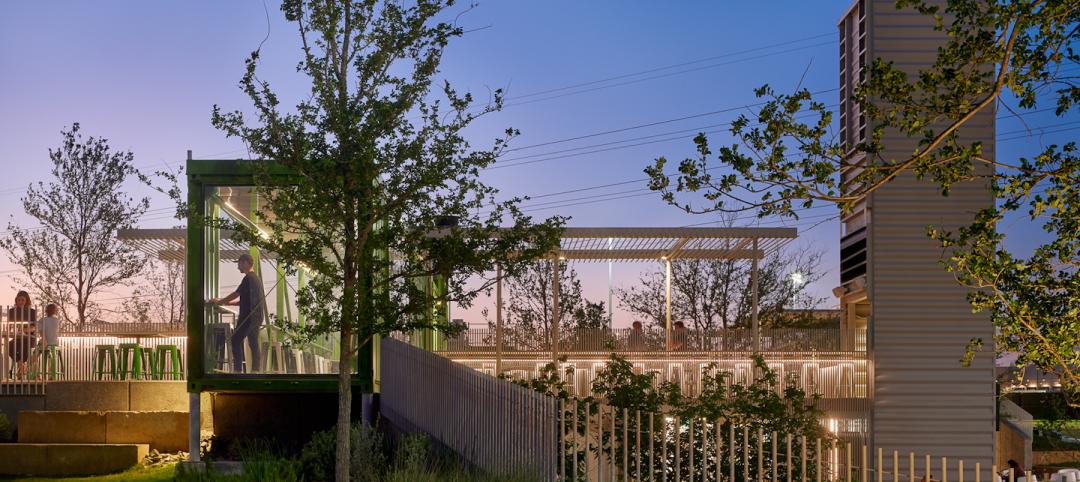Design-assist is not without potential drawbacks. Here are some common concerns—and how your Building Team can reassure clients that DA is worth considering.
OWNER CONCERN: Lack of familiarity with design-assist. DA is a relatively new delivery model. Architects and CMs may have a tendency to revert back to traditional roles.
PLAN OF ACTION: Although the DA process produces a more efficient, collaborative design process, care must be taken to ensure that the collaborative process continues throughout construction. During construction, there are inevitable owner concerns. That’s why it’s important to have established a process to address these changes. The collaborative process can be used to resolve challenges in a quick, cost-effective manner.
OWNER CONCERN: Subcontract administration. The subcontractor might not perform as expected or fall out of line with the budget.
PLAN OF ACTION: It is important to administer a preconstruction contract with the DA subcontractor, which allows the owner to terminate the agreement at any time prior to construction. This acts as a safeguard when a subcontractor’s pricing is not in line with the budget, and there is no reasonable way to get to the budget; in such a case, the owner would have reasonable cause to terminate the subcontractor’s contract. In this situation the trade package would need to be bid, which could push back the schedule depending on the selection process.
OWNER CONCERN: Obtaining competitive pricing. Some owners believe early involvement with subcontractors and the construction manager in the project precludes them from receiving competitive bids.
PLAN OF ACTION: Because the construction team is hired early in the design phase, the Building Team can obtain benchmark prices during the programming phase, making competitive pricing feasible. The Building Team can also obtain nonbinding preliminary price proposals during the DA selection process based on initial plans, such as schematic drawings; binding final prices can be submitted upon completion of the plans.
OWNER CONCERN: Added costs of the DA process. Design-assist may add time and cost to the design phase of the project due to additional collaboration with subcontractors and added time to procure services.
PLAN OF ACTION: The reductions achieved in construction cost and schedule should offset additional costs during the design phases, making design-assist advantageous overall.
OWNER CONCERN: Design liability. Greater collaboration among the architect, engineer, subcontractors, and construction manager might raise questions about who has responsibilities and design liability throughout the process.
PLAN OF ACTION: The project team should clearly set obligations and liabilities of the team members with respect to plans, specifications, and the building information model (if applicable) to overcome this concern. You should also develop a design-assist execution plan to identify roles, responsibilities, and deliverables for all team members.
Related Stories
Arenas | Jul 15, 2022
U. of Oregon renovation aims for ‘finest track and field facility in the world’
The renovation of the University of Oregon’s Hayward Field had the goal of creating the “finest track and field facility in the world.”
Building Team | Jul 14, 2022
ABC’s construction backlog inches lower in June; Contractor confidence falters
Associated Builders and Contractors reports today that its Construction Backlog Indicator fell 0.1 months in June and stands at 8.9 months, according to an ABC member survey conducted June 21 to July 5.
Sustainable Development | Jul 14, 2022
Designing for climate change and inclusion, with CBT Architects' Kishore Varanasi and Devanshi Purohit
Climate change is having a dramatic impact on urban design, in terms of planning, materials, occupant use, location, and the long-term effect of buildings on the environment. Joining BD+C's John Caulfield to discuss this topic are two experts from the Boston-based CBT Architects: Kishore Varanasi, a Principal and director of urban design; and Devanshi Purohit, an Associate Principal.
Multifamily Housing | Jul 14, 2022
Multifamily rents rise again in June, Yardi Matrix reports
Average U.S. multifamily rents rose another $19 in June to edge over $1,700 for the first time ever, according to the latest Yardi® Matrix Multifamily Report.
Building Team | Jul 14, 2022
Austin PBS gets a new state-of-the-art facility with three studios
Since the 1970s, Austin PBS, birthplace of the Austin City Limits TV series, has been based inside the communications building on the University of Texas campus—a space it has long outgrown.
Building Team | Jul 13, 2022
The YIMBY movement emerges as valuable advocate for affordable housing
Over the past few decades, developers grew accustomed to nothing but staunch opposition to dense affordable housing project proposals.
Energy | Jul 13, 2022
Electrification of buildings, new and old, furthers environmental responsibility and equity
It’s almost a cliché in our industry, but nonetheless: The greenest building is the one that is already built.
Building Team | Jul 13, 2022
Austin’s newest entertainment and hospitality complex has been made from repurposed shipping containers
A new entertainment and hospitality complex in Austin, The Pitch, has been made out of repurposed shipping containers.
Codes and Standards | Jul 12, 2022
USGBC sets out principles for LEED’s future
The U.S. Green Building Council recently published a report containing principles outlining how LEED will evolve.
Building Team | Jul 12, 2022
10 resource reduction measures for more efficient and sustainable biopharma facilities
Resource reduction measures are solutions that can lead to lifecycle energy and cost savings for a favorable return on investment while simultaneously improving resiliency and promoting health and wellness in your facility.

















